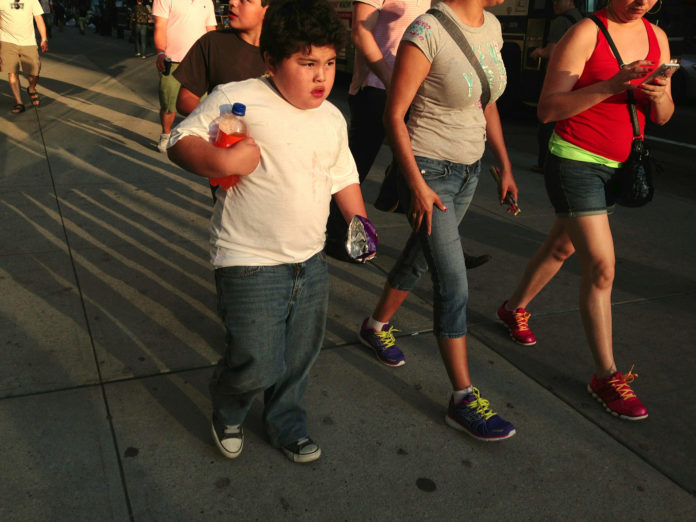Nonalcoholic fatty liver disease occurs when too much fat accumulates in the liver
Weight gain may have a negative impact on liver health in children as young as 8 years old.
According to a new study published in the Journal of Pediatrics bigger waist circumference at age 3 raises the likelihood that by age 8, children will have markers for nonalcoholic fatty liver disease (NAFLD).
“With the rise in childhood obesity, we are seeing more kids with nonalcoholic fatty liver disease in our pediatric weight management practice,” said Jennifer Woo Baidal, MD, MPH, assistant professor of pediatrics at Columbia University Vagelos College of Physicians and Surgeons and lead author of the paper.
“Many parents know that obesity can lead to type 2 diabetes and other metabolic conditions, but there is far less awareness that obesity, even in young children, can lead to serious liver disease,” she added.
NAFLD is estimated to be around 9-32% in the general Indian population, with a higher incidence rate amongst obese and diabetic patients.
Nonalcoholic fatty liver disease occurs when too much fat accumulates in the liver and triggers inflammation, causing liver damage. The condition affects an estimated 80 million people in the U.S. and is the most common chronic liver condition in children and adolescents. While the disease is generally symptomless, progression of nonalcoholic fatty liver disease can lead to cirrhosis (scarring) of the liver and, in some instances, liver cancer.
According to a 2013 study published in the Journal of the Association of Physicians of India, prevalence of the NAFLD is estimated to be around 9-32% in the general Indian population, with a higher incidence rate amongst obese and diabetic patients.
Previous studies have focused on fatty liver disease in adolescents and young adults. In the current study, Woo Baidal and colleagues looked for fatty liver risk factors in younger children.
The researchers measured blood levels of a liver enzyme called ALT–elevated ALT is a marker for liver damage and can occur in individuals with nonalcoholic fatty liver disease and other conditions that affect the liver–in 635 children from Project Viva, an ongoing prospective study of women and children in Massachusetts.
By age 8, 23 percent of children in the study had elevated ALT levels. Children with a bigger waist circumference (a measure of abdominal obesity) at age 3 and those with greater gains in obesity measures between ages 3 and 8 were more likely to have elevated ALT. Approximately 35 percent of 8-year-olds with obesity had elevated ALT versus 20 percent of those with normal weight.
“Some clinicians measure ALT levels in at-risk children starting at around 10 years old, but our findings underscore the importance of acting earlier in a child’s life to prevent excess weight gain and subsequent liver inflammation,” says Woo Baidal, who is also director of pediatric weight management and a pediatric gastroenterologist in the Center for Adolescent Bariatric Surgery at NewYork-Presbyterian Morgan Stanley Children’s Hospital.


